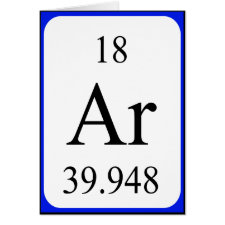
Authors: Yang B, Zhang T, Tan WX, Liu P, Ding ZT, Cao Q
Article Title: Determination of rhodium by resonance light-scattering technique coupled with solid phase extraction using Rh(III) ion-imprinted polymers as sorbent.
Publication date: 2013
Journal: Talanta
Volume: 105
Page numbers: 124-130.
DOI: 10.1016/j.talanta.2012.11.076
Abstract: A resonance light-scattering method (RLS) for the determination of Rh(III) was initially developed, based on the reaction among Rh(III), WO4 2- and ethylrhodamine B. The method possesses high sensitivity, but lacks selectivity. Therefore, a Rh(III) ion-imprinted polymer (IIP), prepared by precipitation polymerization using 2-(allylthio)nicotinic acid (ANA) as functional monomer, was used as sorbent to construct a ion-imprint based solid-phase extraction (IIP-SPE) method for separation of rhodium from complicated matrices prior to its determination by RLS. The experimental parameters affecting the extraction efficiency and selectivity of IIP-SPE were studied carefully. Under the optimal conditions, the IIP-SPE column with the enrichment factor (EF) of 10 could be used at least 20 times without decreasing its extraction recovery (above 90%) significantly. The calibration graph for the determination of rhodium by RLS coupled with IIP-SPE procedure was linear in the range of 0.06 - 1.5 ng mL-1 with the detection limit of 0.024 ng mL-1. There is no metal ions tested at the concentration below 10 ng mL-1 interfered in the determination of 0.8 ng mL-1 Rh(III). The proposed IIP-SPEGă˘RLS method was successfully applied to the extraction and measurement of trace rhodium in catalyst, water and geochemical samples with the relative standard deviation (RSD) of less than 4.0% (n=4)
Template and target information: rhodium ion, Rh(III)
Author keywords: rhodium, ion imprinted polymer, Resonance light-scattering technique, Solid-phase extraction



Join the Society for Molecular Imprinting

New items RSS feed
Sign-up for e-mail updates:
Choose between receiving an occasional newsletter or more frequent e-mail alerts.
Click here to go to the sign-up page.
Is your name elemental or peptidic? Enter your name and find out by clicking either of the buttons below!
Other products you may like:
 MIPdatabase
MIPdatabase









